Dead Distillers: A History of Upstarts and Distillers Who Made American Spirits
Dead Distillers, Colin Spoelman and David Haskell’s follow up to 2013’s The Guide to Urban Moonshining, is a truly unique walk through the history of whiskey- in many cases a walk through actual cemeteries!
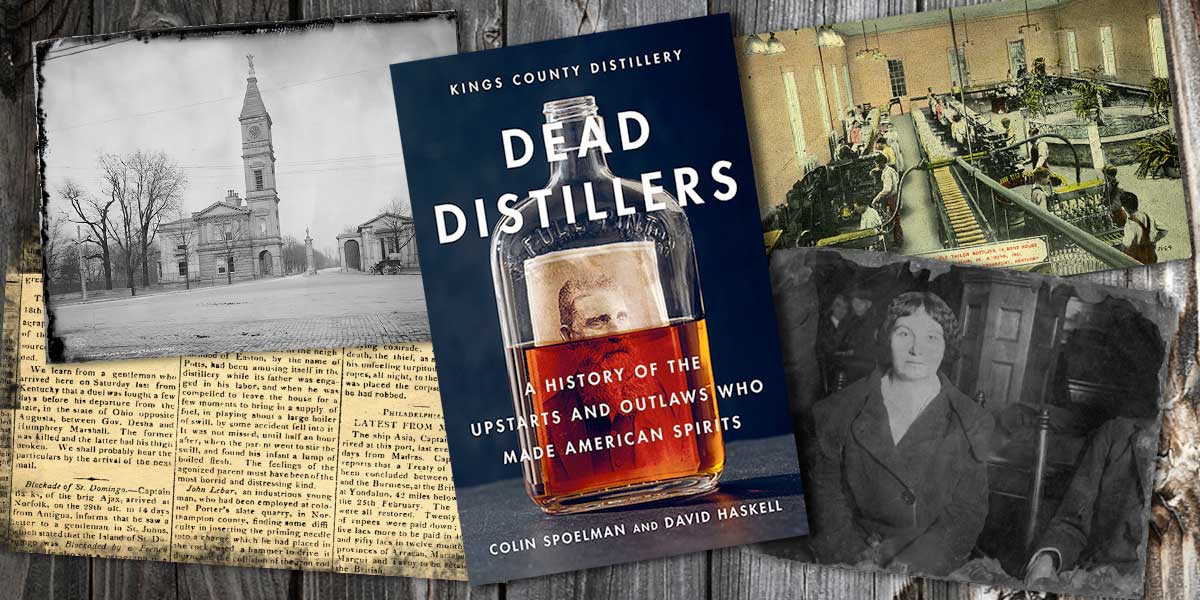
Dead Distillers, Colin Spoelman and David Haskell’s follow up to 2013’s The Guide to Urban Moonshining, is a truly unique walk through the history of whiskey- in many cases a walk through actual cemeteries! Spoelman, a Kentucky native, and hobby moonshiner founded New York’s King’s County Distillery. The first NYC distillery opened since Prohibition, King’s County produces all of its whiskey including its brand new Bottled-In-Bond Bourbon (distillery-only right now but will see wider distribution). Haskell, deputy editor at New York Magazine, just happens to be the great-grandson of a prohibition-era New York Bootlegger.
The duo’s first book explored the culture of distilling and provided a family tree of bourbon whiskey that was featured in GQ magazine. For Dead Distillers, Spoelman told me he and Haskell wanted to “tell the story of whiskey through these different fragments of history: through accidents, cemeteries, and family stories.” Not only the famous distilleries would be included, “but also the forgotten- because the forgotten distilleries were part of the story too.”
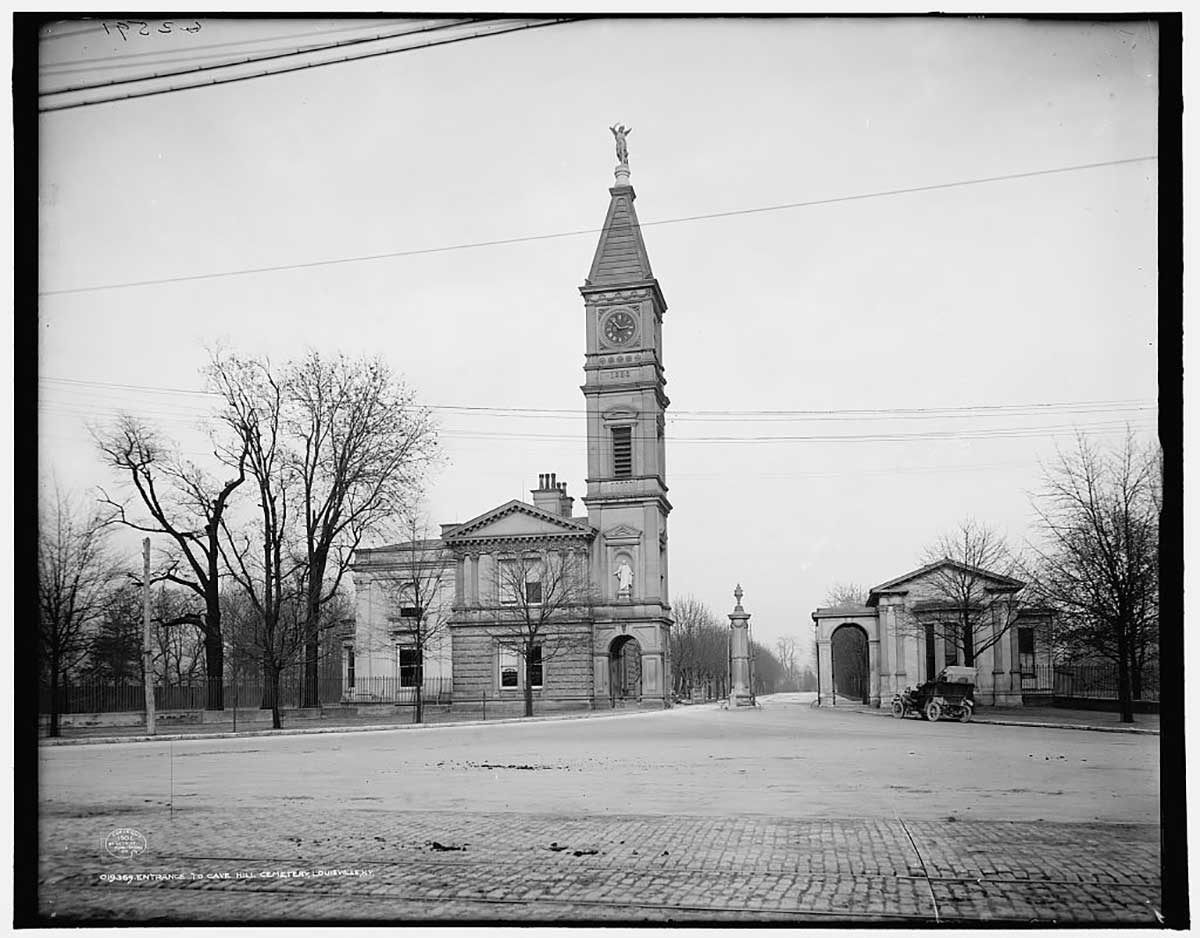
Dead Distillers is a great-looking hardcover book that will look excellent on any home bar or end table. It’s also useful to keep it handy as a reference tool, as it is organized encyclopedically with several brief entries for each historical figure. This format is perfect as a launching point for further exploration or those with a short attention span. For example, while William Larue Weller, Frederick Stitzel and Julian “Pappy” Van Winkle each warrants their own biography, all three are brought together in a single entry. My only gripe with the book is the lack of an alphabetical index, making it a bit frustrating when you’d like to jump to a certain person. For the record, Spoelman completely agreed with me on this point, but it’s not a fatal flaw.
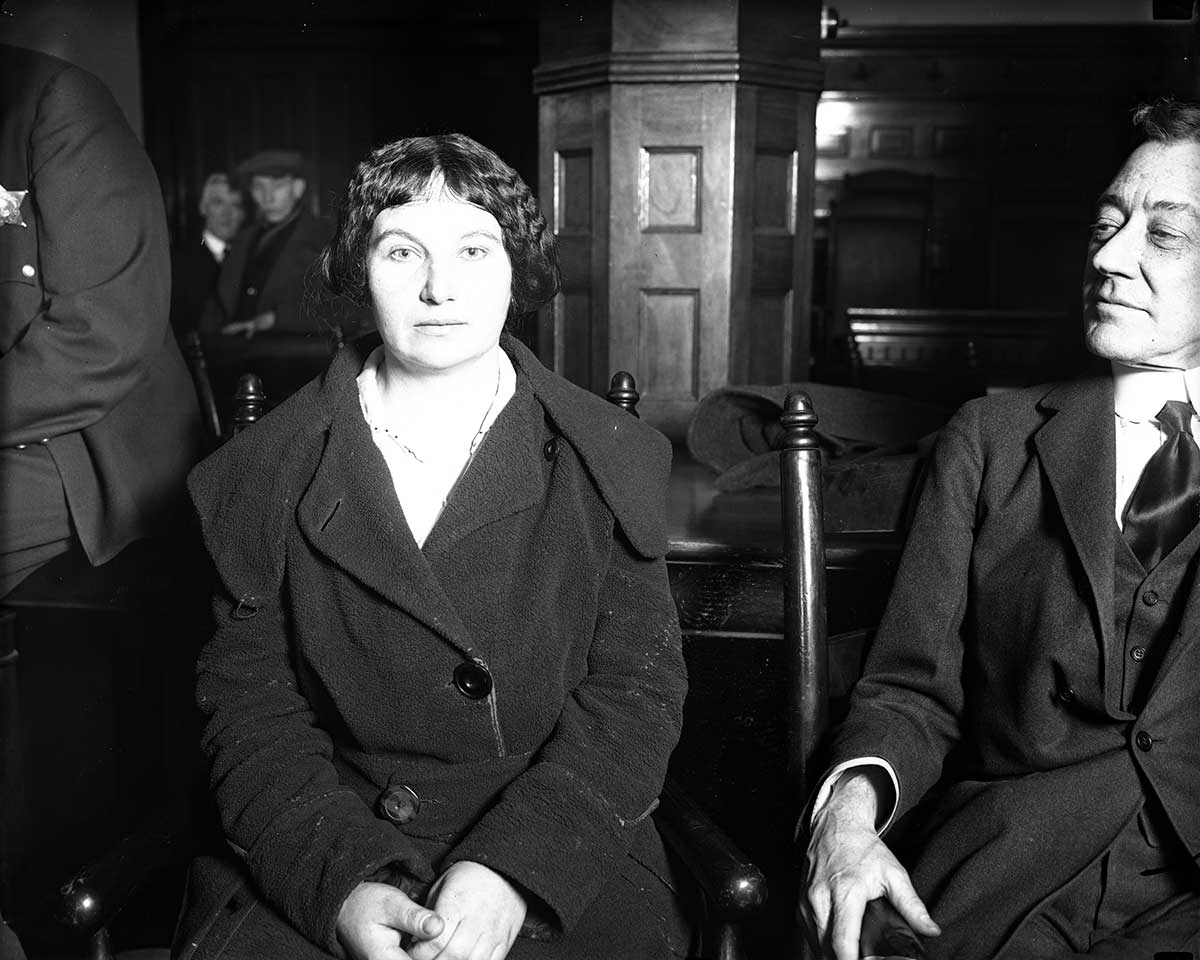
The material focuses on now-deceased individuals with some connection to the world of whiskey. Some are legends, while others have remained, until now, completely obscure. Interspersed throughout the book are compelling historical photographs, vintage newspaper clippings, infographics, and graveyard walking maps.
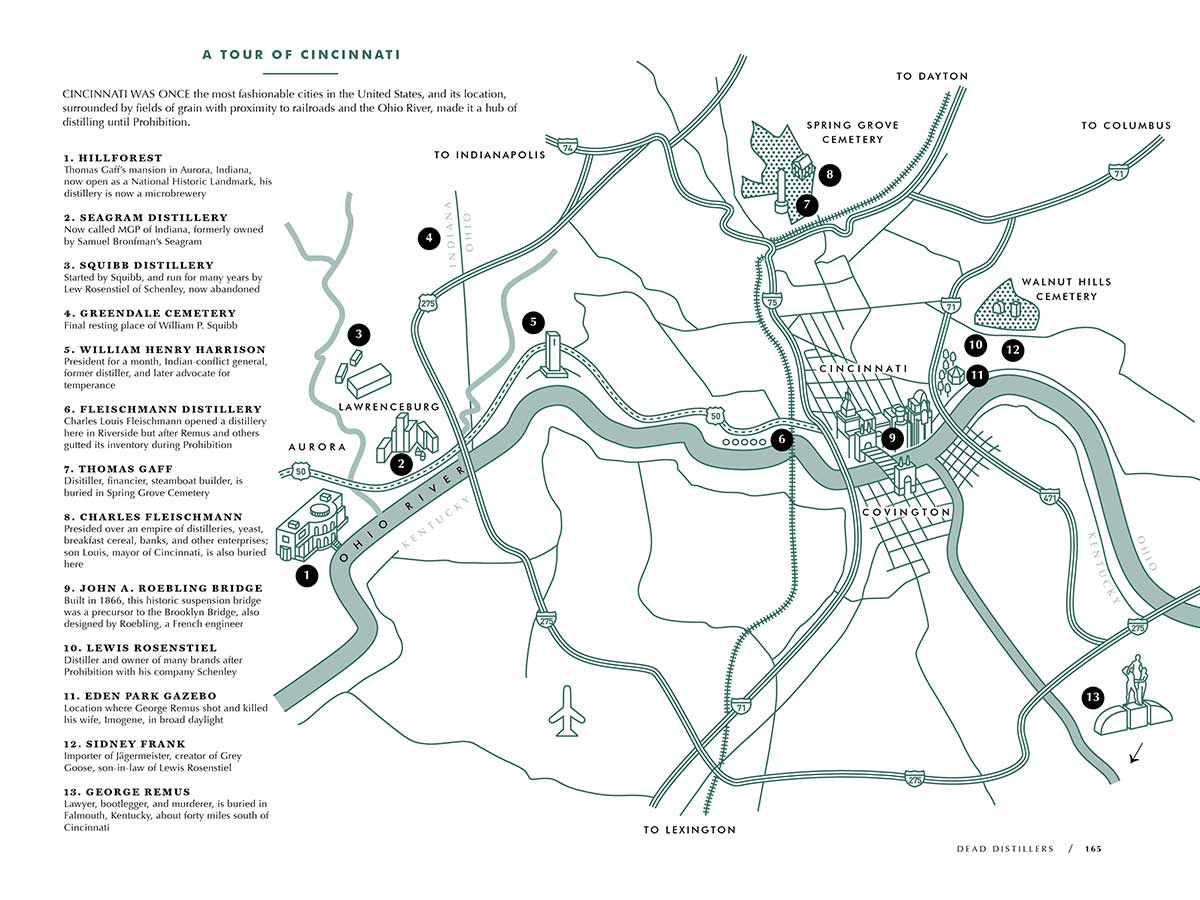
Through its short entries, the book reads like a history of the United States through the world of whiskey, which has seen it all. From the east coast’s rye whiskey in the 18th century, we travel through the whiskey rebellion, the Catholic migration to Kentucky, Prohibition and then to the downfall of the spirit in the mid-twentieth century.
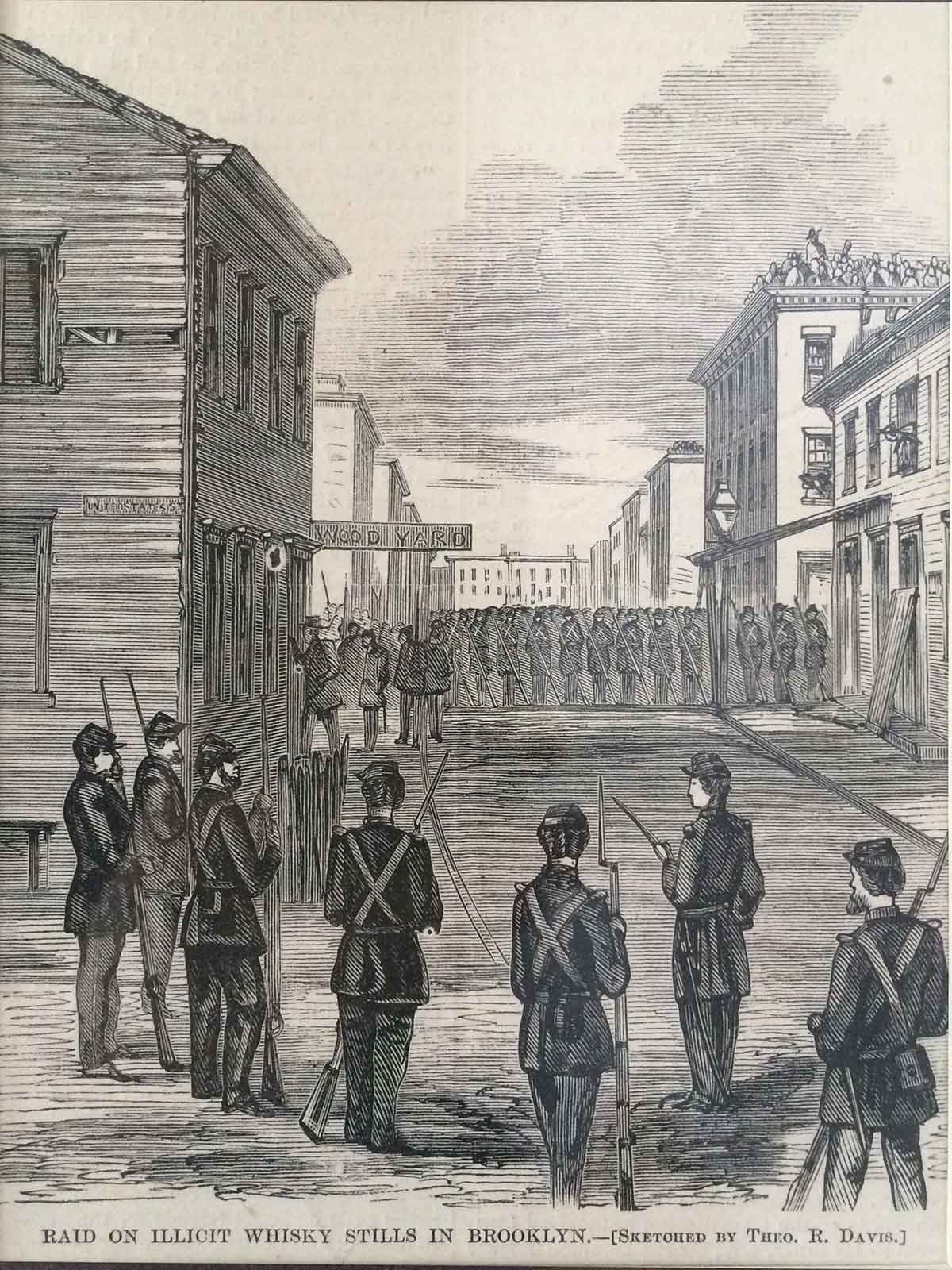
Several early Presidents were connected to the spirit, and “General, President, Distiller” was a relatively common collection of titles. Since barrel aging hadn’t yet been invented, George Washington’s distillery made unaged rye along with other whiskey infused with cinnamon (Colonial Fireball?). President Zachary Taylor also helped raise his great-nephew Edmund Hayes (E.H.) Taylor, Jr., whose contributions include the Bottled-In-Bond Act and the first distillery tour.
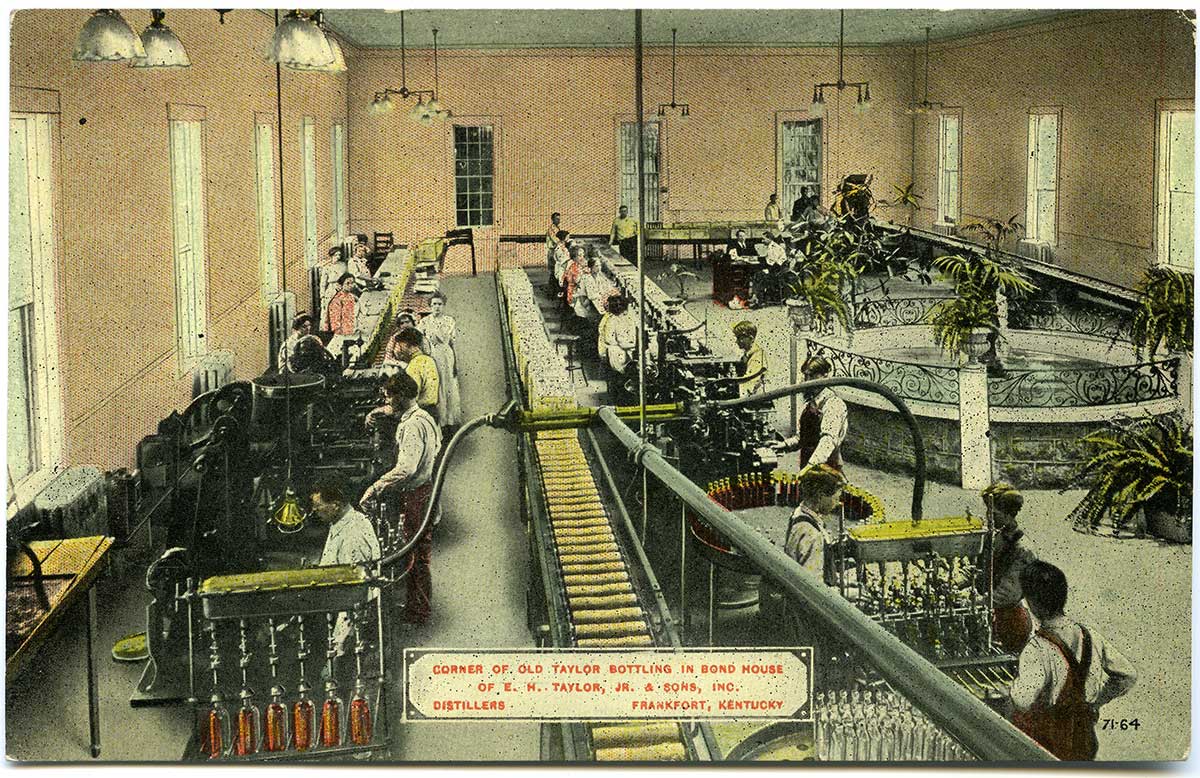
While companies like Kings County do make all their products, there is a tendency in the modern era to discount or dismiss brands that don’t. Purists should note that it was common for legends like Jack Daniel to purchase whiskey from other distilleries to meet demand or try to grow. Four Roses founder Paul Jones wasn’t even a distiller, just a marketer, and wholesaler. William Larue Weller was a rectifier (adding flavoring or blending), which I suspect many don’t know. Keep that in mind the next time you sip on the highly-prized, uncut and unfiltered bourbon bearing his name. Nearly a century before Jefferson’s began aging whiskey on the high seas, Joseph Beam’s famous sons learned the business aging whiskey on the sandy beaches of Mexico. There are plenty of interesting and surprising facts crammed into these short entries.
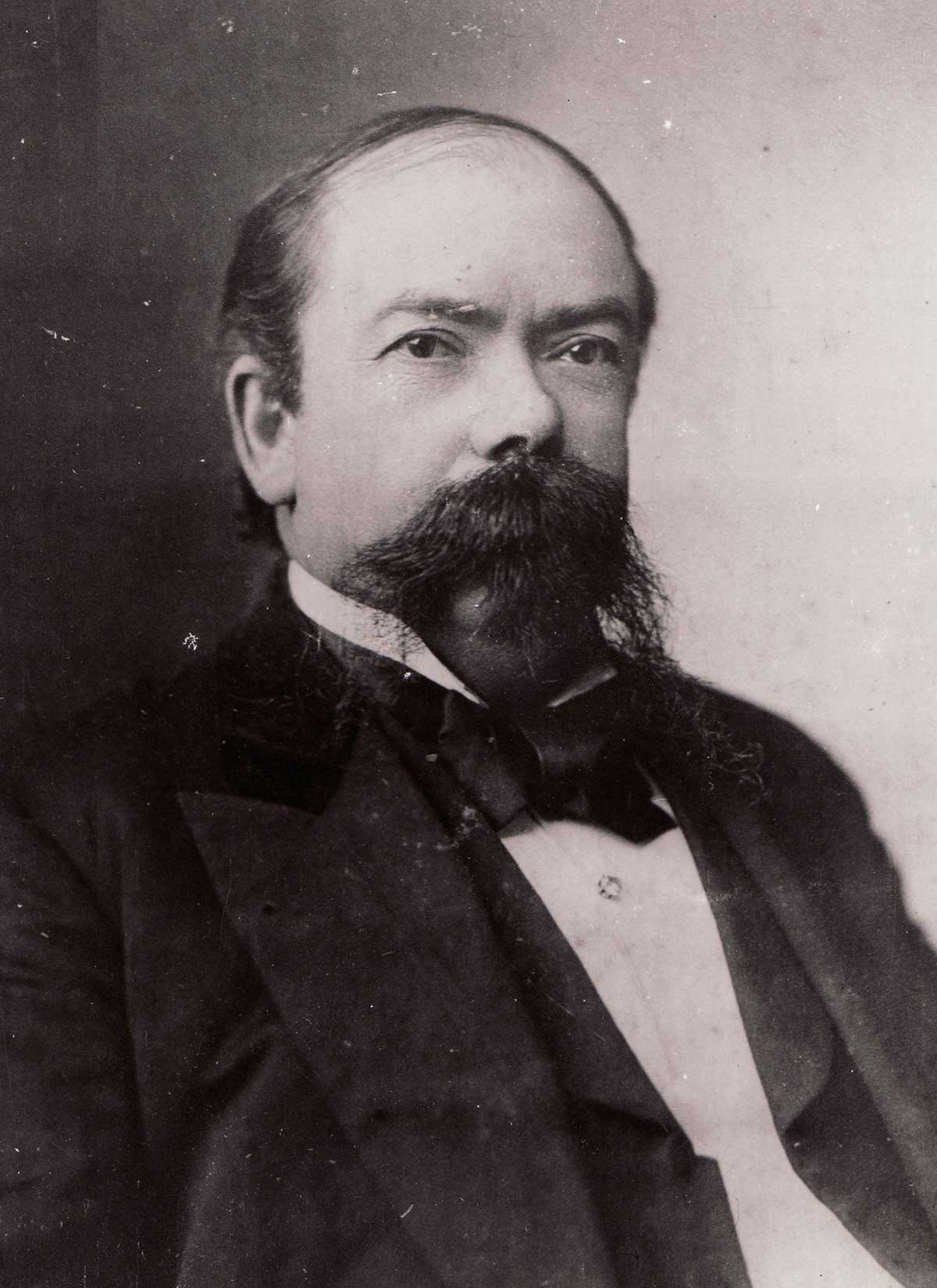
Essential Bootleggers like Al Capone, George Remus (the inspiration for “The Great Gatsby), Sam Bronfman and Lew Rosenstiel are all here. Alongside them are the mountain moonshiner “Crazy Nancy”, rumrunner Gertrude Lithgoe (who worked with Bill “The Real” McCoy), and many others.
The theme of the book carries throughout. Each person is accompanied by his or her actual (or ‘probable’) final resting place. Some of the news clippings detail tragic distilling accidents by an explosion, scalding, crushing or drowning. There is even a large-scale disaster uncovered from a massive Massachusetts molasses flood (say that three times fast!) caused by a burst holding tank.
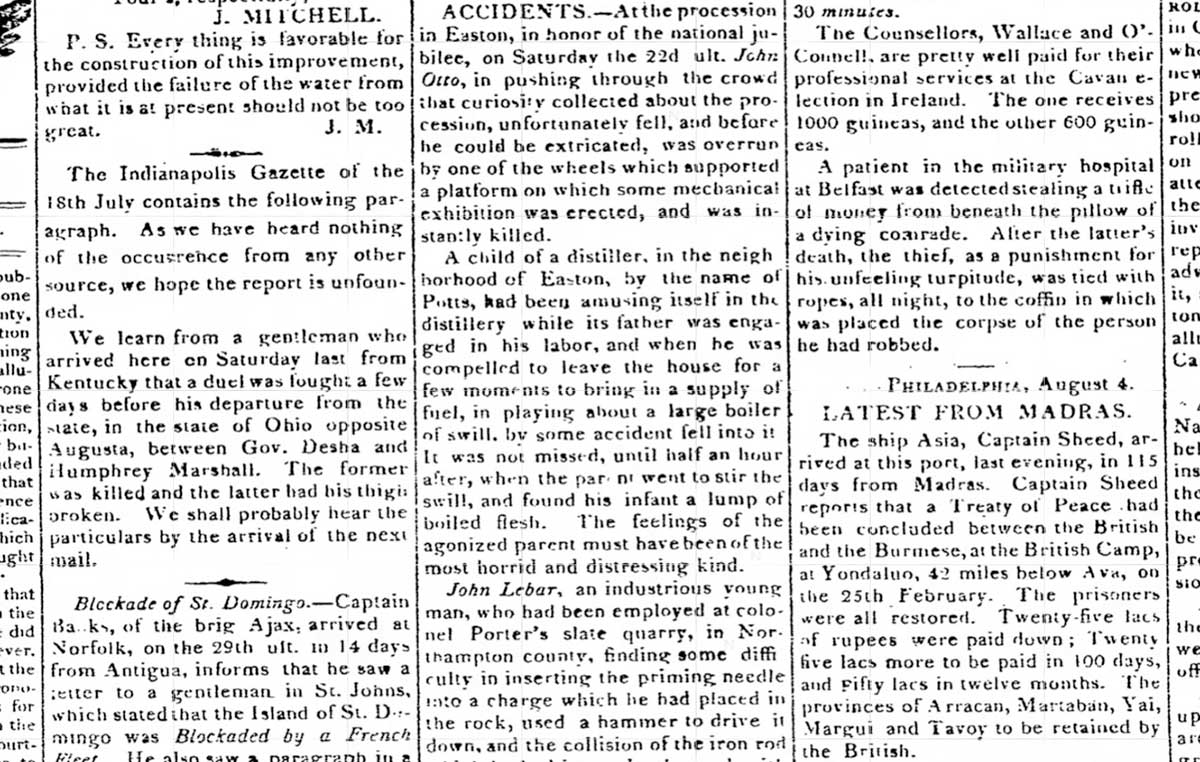
Despite the lack of an index, the book does close with a clever little diagram plotting several of these figures on a graph with “Upstanding vs. Outlaws” and “Obscure vs. Famous” on the axes. It’s a clever and fun way to view several of these people on a single page. As Colin Spoelman told me, “It makes for an odd little book, but hopefully one that people enjoy. And generally if people drink while they read the book, it gets a lot better, so I would certainly recommend imbibing while reading, at least in this instance.”

